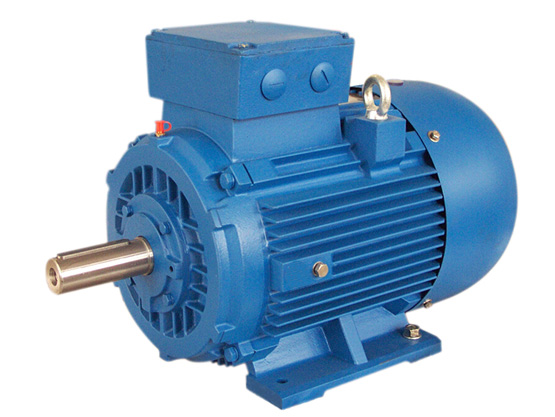Noise is a combination of cluttered sounds of various frequencies and intensities, and the nuisances of this nuisance sound to humans are well known. Noise often accompanies vibration, and excessive vibration can damage other equipment. The level of vibration and noise reflects the level of product design and manufacturing, and is an important indicator to measure product quality. The importance of noise reduction is now generally recognized. As after-sales service personnel, we should understand how the motor noise is generated, and what factors are related to it, and at the same time, we must know the methods of reducing noise.

The main noise sources of the motor are electromagnetic noise, mechanical noise and ventilation noise.
1. Electromagnetic noise
The interaction of magnetic fields in the air gap of the motor produces radial forces that vary with time and space, causing the stator core and the frame to deform periodically over time, that is, the stator vibrates; electromagnetic noise is mainly caused by the vibration of the stator, which causes the surrounding air to pulsate. load noise.
2. Mechanical noise
The mechanical imbalance of the rotor causes mechanical vibration and noise generated by centrifugal force, bearing vibration noise, sliding contact noise between brushes and collector rings or commutators, and end cover axial vibration noise excited by bearing vibration.
3. Ventilation noise
Air vortex noise caused by fan or other ventilation components and rotor rotation, single-frequency noise caused by periodic pulsation of cooling air or gas hitting obstacles due to fan rotation, resonance of thin-walled parts in the air duct or unreasonable design of the air duct” flute”.
Post time: 2022-02-22








